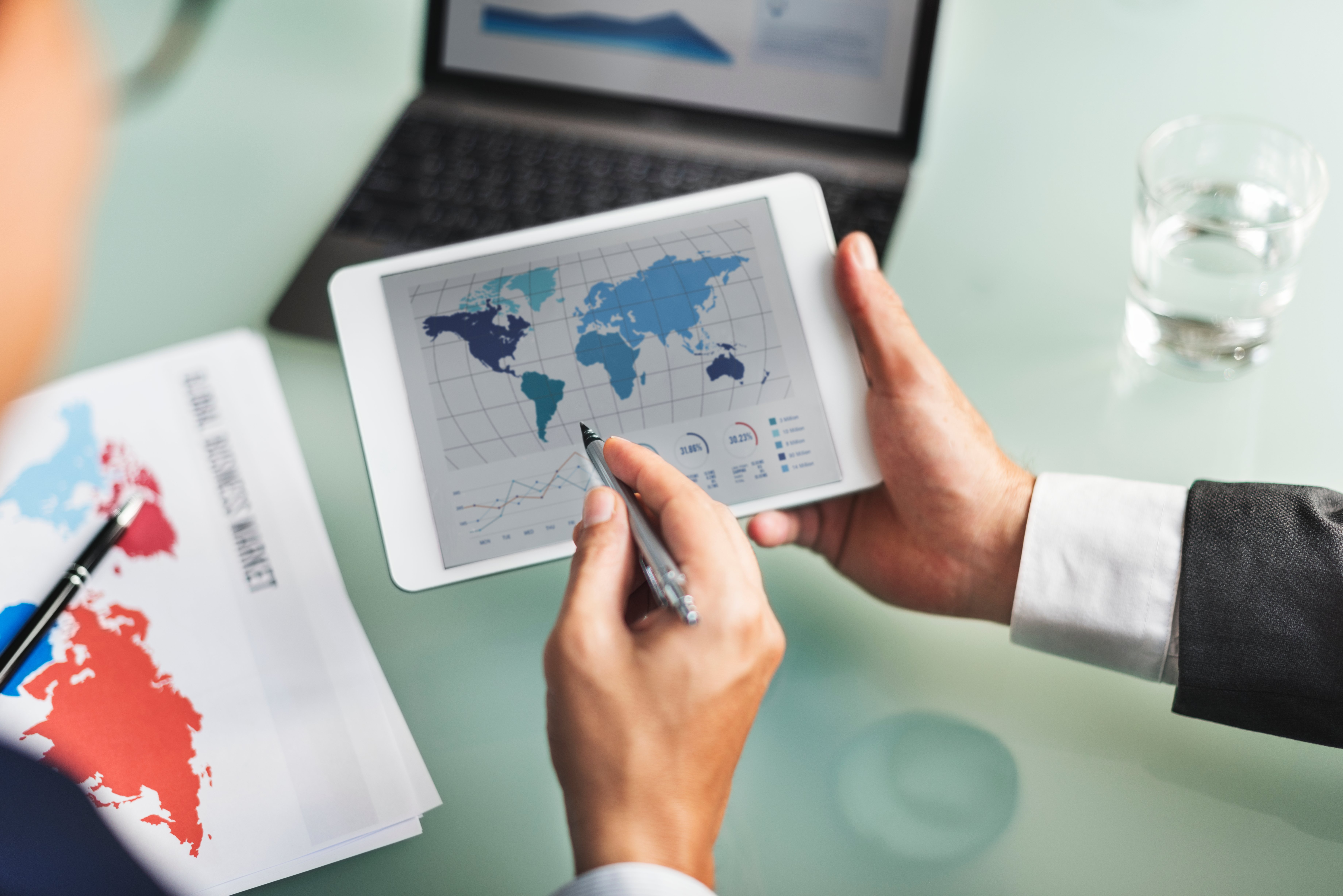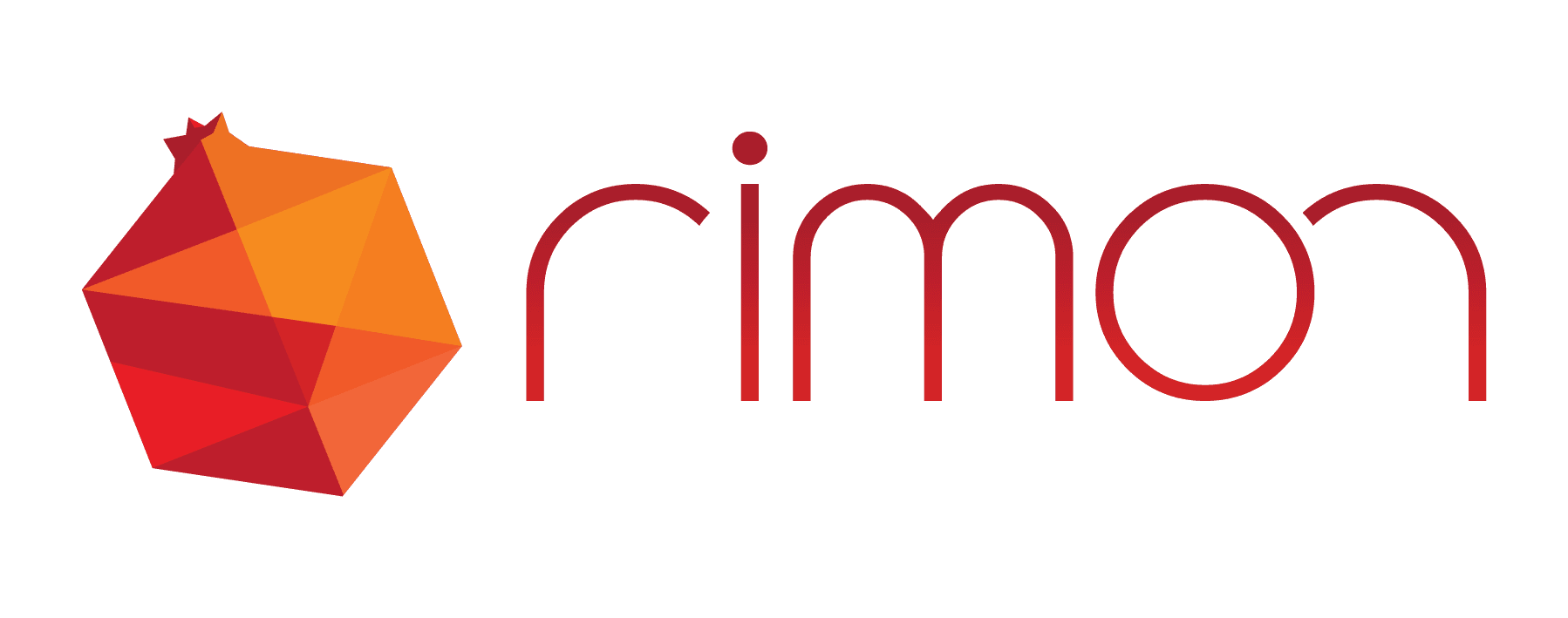EMDG - What is the cash benefit eligible?
- By Rimon
- •
- 5 Apr, 2024

The Export Market Development Grants (EMDG) scheme is an Australian Government financial assistance program for aspiring and current exporters. Administered by Austrade, it supports a wide range of industry sectors by reimbursing a portion of the costs associated with developing export markets. The "cash benefit amount" aspect of EMDG refers to the actual monetary reimbursement businesses receive after incurring eligible export promotion expenses. Understanding how this benefit works is crucial for businesses looking to expand internationally. This comprehensive overview explores the EMDG cash benefit mechanism, eligibility criteria, and strategic approaches to maximise the grant opportunity.
Understanding the EMDG Cash Benefit
The EMDG cash benefit is designed to encourage businesses to engage in international marketing activities by offering a rebate on specific costs related to export promotion. Essentially, it operates as a partial refund on money already spent on eligible activities, such as overseas marketing visits, participation in trade fairs, advertising, and the engagement of consultants for market research purposes. The objective is to reduce the financial risk associated with entering new international markets or expanding existing ones.
Eligibility and Qualifying Expenses
To qualify for the EMDG cash benefit, applicants must be Australian businesses that have engaged in eligible export promotional activities with the intent of increasing their export sales. Qualifying expenses are broadly categorised into eight specific categories, including overseas representation, marketing consultant fees, marketing visits, free samples, trade fairs, seminars and in-store promotions, promotional literature and advertising, and registration and insurance of eligible intellectual property.
Tiered EMDG System
Additionally, the EMDG scheme employs a tiered approach to support Australian businesses at different stages of their export journey. This tiered system is designed to provide tailored support, recognising that businesses have varying needs depending on their experience and success in international markets. The tier structure allows for a more targeted allocation of resources, ensuring that businesses can access the appropriate level of support to grow their exports. Below is an overview of the EMDG tiers, each catering to distinct phases of a business's export development:
Tier 1: Entering Export
Objective: Tier 1 is aimed at businesses new to exporting or those ready to start their export journey. The focus is on helping these businesses understand their potential in international markets and to begin their marketing and promotional efforts.
Support: Activities supported under Tier 1 typically include initial market research, developing marketing materials, and undertaking promotional activities that help establish a presence in new markets.
Duration: Businesses can access support under Tier 1 for up to two years, providing a foundation to build their export capabilities.
Tier 2: Expanding
Objective: This tier supports businesses that are already exporting and looking to expand their footprint in existing markets or enter new markets. Tier 2 is designed to assist businesses in scaling up their international marketing efforts.
Support: The activities supported under Tier 2 include more extensive marketing campaigns, participation in international trade shows, and the establishment of marketing networks to bolster their market presence.
Duration: Businesses may receive support under Tier 2 for up to three years, facilitating a deeper engagement with international markets and enabling businesses to capitalise on their existing export initiatives.
Tier 3: Expanding and Strategic Shift
Objective: Tier 3 is tailored for mature exporters who are making a significant strategic shift or targeting substantial global expansion. This tier acknowledges the challenges of navigating complex global markets and the need for strategic marketing and promotional efforts.
Support: Support in Tier 3 focuses on high-level strategic activities such as significant marketing campaigns, establishing foreign offices or subsidiaries, and undertaking large-scale promotional activities aimed at securing a strong position in target markets.
Duration: Eligible businesses can access Tier 3 support for up to three years, supporting their strategic goals for substantial growth or realignment in their export markets.
Importantly, your EMDG consultant will assist in determining your tier eligibility and will assist in calculating the maximum rebate within the scope of the EMDG legislation.
How the Benefit Works
- Application Process: Businesses apply for EMDG funding after the completion of the financial year in which the expenses were incurred. The application involves detailing the promotional activities undertaken and the associated costs. A Milestone application is submitted to Austrade before the EMDG due date which provides the expense breakdown and details regarding the overseas marketing activities within the financial year.
- Assessment and Calculation: Austrade assesses each application against the program's eligibility criteria. The EMDG cash benefit amount is calculated based on a percentage of the total eligible expenses, with businesses capable of receiving up to 50% rebate on their eligible export promotion expenses, depending on the tier applied for. Additionally, the EMDG grant is considered as assessable income.
- Payment Structure: The payments are subject to annual appropriation by the Australian Government and may be affected by the total pool of funds allocated to the EMDG scheme and the number of applicants. Payments are typically made following an assessment by Austrade, which takes place between 4-6 weeks after the submission of the application.
Maximising the EMDG Cash Benefit Amount
- Strategic Planning: Businesses should plan their export promotion activities with the EMDG in mind, focusing on eligible activities and keeping thorough records to maximise their potential reimbursement.
- Documentation and Record-Keeping: Maintaining detailed records of all export-related expenses is critical. This includes invoices, receipts, bank statements, contracts, and evidence of payment. Comprehensive documentation supports the application and facilitates the assessment process.
- Understanding the Fine Print: Familiarising yourself with the nuances of the EMDG guidelines can help in identifying all possible eligible expenses and any caps or specific conditions attached to different categories of expenses.
- Professional Guidance: Consulting with EMDG experts or accredited advisers can provide valuable insights into the application process and help identify additional eligible expenses, potentially increasing the EMDG claim.
- Early Application: Submitting the EMDG application early in the submission window can be advantageous, especially since the program operates on a first-come, first-served basis, depending on the availability of funds.
What Can You Claim Under The EMDG Grant?
Eligible expenses could include:
- Overseas Representatives: When looking to expand overseas, you may employ an overseas salesperson to target overseas clients. Expenses such as retainer fees and reimbursements paid to the representative can be claimed (maximum of $200,000). However, commission payments are ineligible expenses as they are considered ‘post sale’ expenses
- Marketing Consultants: Often companies outsource their marketing to a third-party consultant that assists in establishing and implementing overseas marketing strategies such as online marketing, SEO, or lead generation. In this category, you can claim a maximum of $50,000. Similar to an overseas representative, only retainer fees and marketing expenses are claimable.
- Marketing Visits: This includes any overseas trip to meet with potential clients, attend an overseas conference, or general business development. This category reimburses the costs of airfare and a $350 daily allowance to help defray additional expenses (accommodation, transport, food etc.) for each day overseas that you were involved in eligible marketing activities.
For example, let’s assume you spent 10 days overseas, of which 5 days were dedicated to marketing, and the airfare was $1000. You will be able to claim 5 out of the 10 days as marketing related, which is equal to 50% of your time. Therefore, your claim for this particular trip will be (50% of $1000) + ($350 x 5 days) = ($500) + ($1750) = $2,250 total. - Free Samples: Companies often gift their products to overseas influencers who subsequently market the business through social media channels. The cost of freighting the items and the products themselves which have been gifted to influencers or to potential overseas clients (perhaps at trade shows) are claimable. Maximum of $15,000 claim for free samples.
- Trade Fairs: Whilst on an overseas trip, you may attend an overseas trade fair or conference. In this category, you can claim the attendance costs, expenses to set up a booth to promote your company, or marketing collateral printed to give to potential overseas clients.
- Promotional Literature & Advertising: This category includes expenses incurred to promote your products globally such as online marketing, social media advertising, website development and marketing materials. Typically, these expenses require an apportionment to reflect that these generic marketing campaigns are viewed both within Australia and overseas. At Rimon, we assist our clients to find the most accurate and compliant apportionment method.
- Overseas Buyers: This category includes the costs associated with bringing an overseas buyer to Australia (maximum of $7,500 per visit, and $45,000 per application).
- Intellectual Property and Insurance of IP: If you have incurred expenses to register or extend IP rights overseas, including insurance to protect these rights (maximum of $50,000 per application), you may claim these expenses in this category.
Conclusion
The EMDG cash benefit represents a significant opportunity for Australian businesses to mitigate some of the financial risks associated with international market development. By effectively leveraging this government support, businesses can enhance their international marketing efforts, increase their export sales, and contribute to the growth of the Australian economy. Understanding how to navigate the application process, maximise eligible expenses, and strategically plan export promotion activities can significantly impact the success of obtaining the EMDG cash benefit. With careful preparation, detailed record-keeping, and strategic planning, businesses can optimise their international expansion efforts with the support of the EMDG scheme.
Contact us today and discover how we can support you navigate the EMDG scheme for export success.

